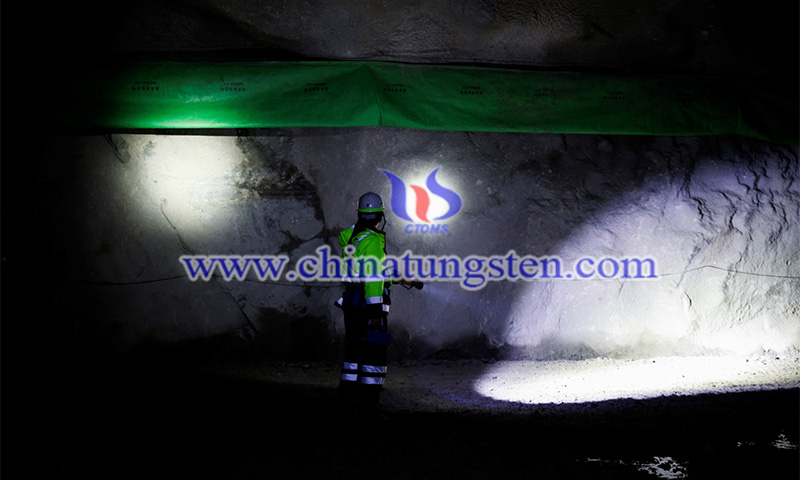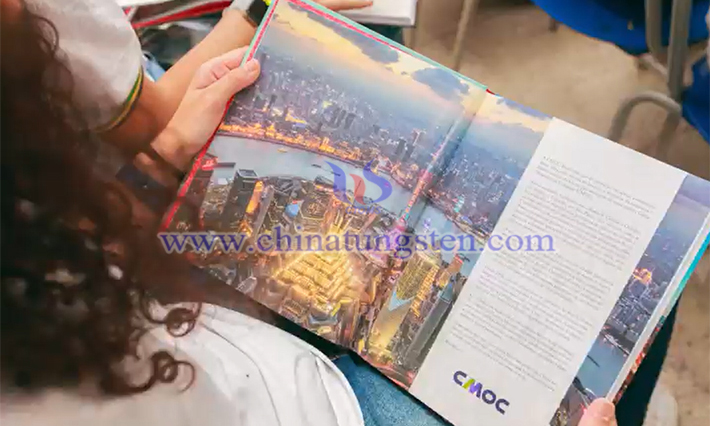South Korea Hunts Tungsten in Race for Rare Minerals –Ⅱ
- Details
- Category: Tungsten's News
- Published on Monday, 09 May 2022 11:28
Discovered in 1916 during the Japanese colonial era, the Sangdong tungsten mine in South Korea was once the backbone of the country's economy, accounting for 70 percent of the country's export earnings in the 1960s when it was used primarily for metal cutting tools. The mine was closed in 1994 due to cheaper supplies of the mineral from China, and nowadays, demand and prices for the key mineral will continue to rise, driven by the digital and green revolution and the growing desire of countries to diversify their sources of supply.
According to pricing agency Asia Metals, European prices for the lowest 88.5% paratungstate, a key raw material component of tungsten (W) products, are around $346 per tonne, up more than 25% from a year ago and near the highest level in five years. the Sangdong mine is being modernized with extensive underground tunnelling, while work has also begun on the W crushing and grinding plant.

"We should continue to operate such mines so that we can pass on new technology to the next generation," said Kang Dong-hoon, manager of Sangdong, who has been lost in the mining industry for 30 years. If we lose this opportunity, then it won't happen again.
Almonty Industries has signed a 15-year agreement to sell W to Pennsylvania-based Global Tungsten & Powders, a supplier to the U.S. military, which uses the metal for artillery warheads, rockets and satellite antennas.
However, there is no guarantee of long-term success for the mining group, which has invested about $100 million in the Sangdong project. These companies may still struggle to compete with China, and some industry experts are concerned that developed countries will not fulfill their commitments to diversify their supply chains of key minerals.
Korea Mine Restoration and Resources (KOMIR), the government agency responsible for national resource security, told Reuters it has pledged to subsidize about 37 percent of Sangdong's tunnel construction costs and will consider providing further support to mitigate any potential environmental damage.
New President of South Korea, Yoon Seok-yeol pledged in January to reduce dependence on "a certain country" for minerals and last month announced a new resource strategy that allows the government to share inventory information with the private sector.

The U.S., EU, and Japan have all launched or updated national key mineral supply strategies in the past two years, developing extensive plans to invest in more diversified supply lines to reduce dependence on China. Mineral supply chains have also become a feature of diplomatic missions.
Last year, Canada and the European Union launched a strategic partnership on raw materials to reduce dependence on China, while South Korea recently signed cooperation agreements with Australia and Indonesia on mineral supply chains.
Henning Gloystein, Director of Energy and Climate Resources at Eurasia Group Consulting, said, "Supply chain diplomacy will be a priority for many governments in the coming years as access to key raw materials for green and digital transformation has become a top priority."
In November, China's top economic planner said it would step up exploration for strategic mineral resources including rare earth, tungsten, and copper. kettle said the world needs to invest $200 billion in additional mining and smelter capacity to meet the demand for critical mineral supplies by 2030, 10 times the amount currently committed.
In Sangdong, however, some residents are skeptical that the mine will improve their lives. the Sangdong project is facing resistance from local communities who do not want a mine or smelter near their lives.
South Korea Hunts Tungsten in Race for Rare Minerals –Ⅰ
- Tungsten Manufacturer & Supplier, Chinatungsten Online: www.chinatungsten.com
- Tungsten News & Prices of China Tungsten Industry Association: www.ctia.com.cn
- Molybdenum News & Price: news.molybdenum.com.cn
- Tel.: 86 592 5129696; Fax: 86 592 5129797; Email: sales@chinatungsten.com



 sales@chinatungsten.com
sales@chinatungsten.com